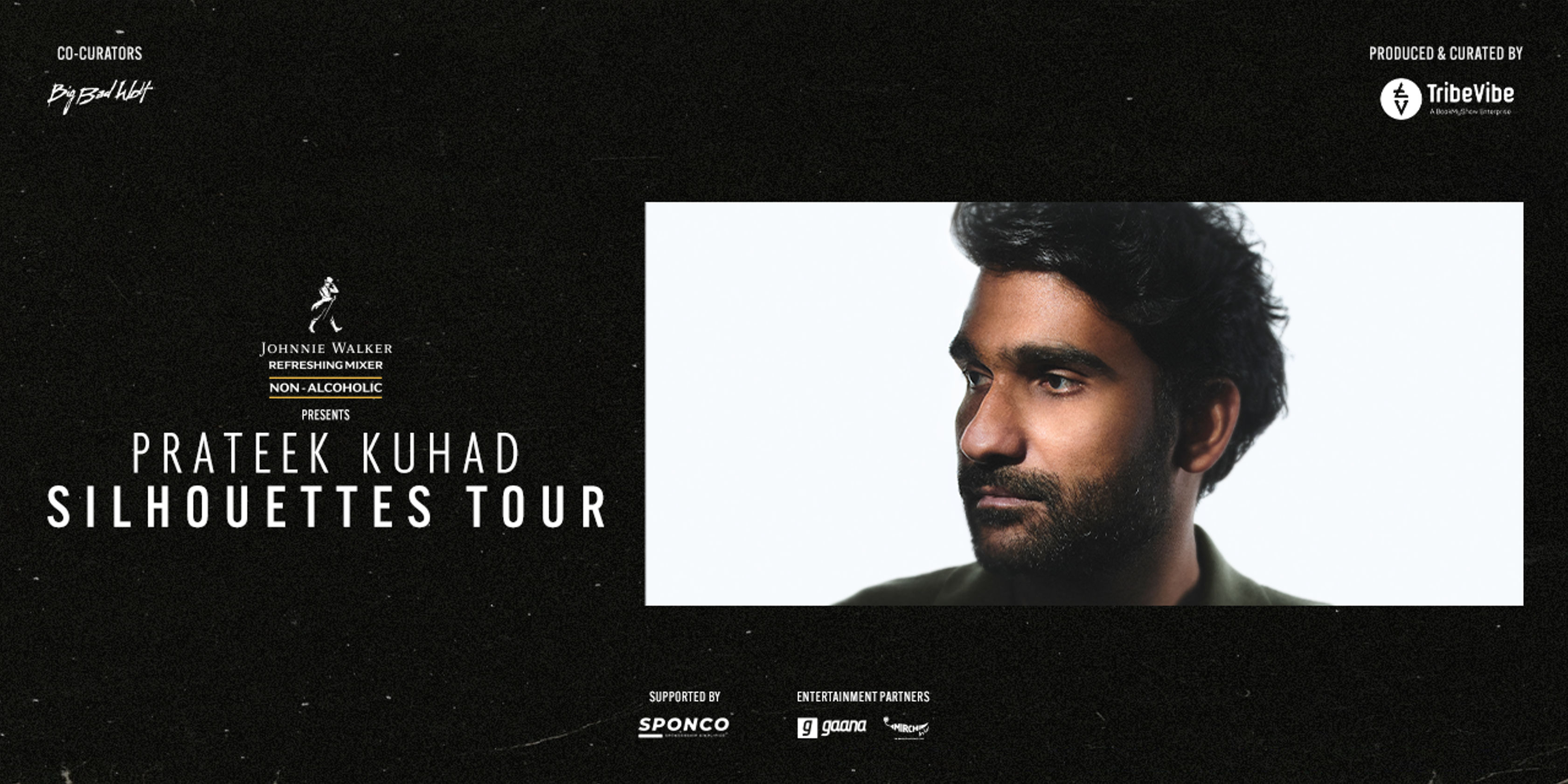Search Topic
An analysis of the enchanting music of Marwa Thaat
Marwa thaat is a beautiful and complex melody in Hindustani music, known for its depth and emotive power. It is one of the oldest thaat in existence, with origins in the Vedic period of ancient India. The raag is known for its smooth and fluid transitions between notes, as well as its ability to evoke a range of moods and emotions. In this blog, we delve into the intricacies of Marwa thaat Hindustani music, exploring its history, structure, and unique qualities. Whether you’re a musician, music enthusiast, or simply curious about this rich cultural tradition, there’s plenty to discover about the Marwa thaat and its role in Hindustani music.
History and Significance of Marwa Thaat in Indian Classical Music
Marwa Thaat is one of the most important and popular raags in Indian classical music. Its origin dates back to the 12th century and has been a part of the Hindustani musical tradition ever since. It is believed to be a combination of two other raags, namely Bhairav and Kalyan.
Marwa Thaat is known for its soothing melody and melodious composition. It evokes feelings of peace, joy, and tranquility in listeners. This thaat has been used by many renowned musicians over the centuries to create memorable compositions that have become popular among music lovers all over India.
The significance of Marwa Thaat lies in its ability to bring out emotions from within us, making it an important part of Indian classical music. Its popularity continues to grow as more people discover its beauty and power.
Characteristics of Marwa Thaat
Marwa Thaat is a unique and beautiful form of Indian classical music that has been around for centuries. It is characterized by its melodious, rhythmic, and captivating sound. It is composed of five notes or swaras (Sa Re Ga Ma Pa) and has a distinct structure. The distinctive feature of Marwa Thaat is the use of gamak, which are intricate variations in the notes that add to its beauty. This raag has been used in many popular songs throughout history and continues to be used today as an expression of emotion and creativity.
Composition of Marwa Thaat
Marwa Thaat is one of the most popular classical Indian Thaat. It is a combination of five notes, known as swaras, which are arranged in a particular order to create this melodious composition. The five swaras used in Marwa Raag are Sa, Re, Ga, Ma and Pa. This raag is mainly used for evening concerts and creates an atmosphere of serenity and peace. It has been used by many great musicians to express their emotions through music. Marwa Thaat has a soothing effect on the listener and can be used to invoke different moods depending on the way it is played.
Performance of Marwa Thaat
The Marwa Thaat is a complex and challenging Indian classical music system, known for its rich and nuanced compositions. The performance of Marwa Thaat requires a mastery of several intricate techniques and a deep understanding of the nuances of this musical system.
The Marwa Thaat is often performed in the early morning, as it is believed to invoke the rasa of love and devotion. It is known for its meandering melodies and complex rhythms, which require great skill and discipline to execute.
The performance of Marwa Thaat requires a high level of concentration and attention to detail, as even the slightest deviation from the established norms can have a significant impact on the overall effect of the performance. The performer must be able to create a seamless flow of sound, weaving together different rhythms and melodic patterns into a coherent and unified whole.
In order to achieve a truly outstanding performance of Marwa Thaat, the performer must have not only technical skill but also a deep emotional connection to the music. Through years of practice and dedication, the performer must develop an intimate relationship with the music, allowing them to express the full range of emotions and moods encapsulated within the Raag.
Overall, a successful performance of the Marwa Thaat requires a unique combination of technical skill, emotional depth, and dedication to the rich musical tradition of Indian classical music. When executed with precision and passion, it can transport listeners on a journey of musical discovery and spiritual transcendence.
Variations of Marwa Thaat
Marwa Thaat is one of the most prominent and widely used raags in Indian classical music. This thaat is characterized by a sombre, serious and reflective mood, and its notes are featured prominently in various forms of Indian music such as khayal, thumri, bhajan, and more.
Variations of the Marwa Thaat can be observed in different styles of Indian classical music. The most notable of these variations are Pooriya Marwa, Gaud Marwa, and Purvi Marwa. Though these variations share some similarities with Marwa Thaat, they also feature unique characteristics that distinguish them from the original raag.
Pooriya Marwa, for example, is a variation in which the “Pa” note is replaced by the sharp “Pa” note, also known as “tivra Ma”. This variation creates a livelier and more upbeat mood in the music. Gaud Marwa, on the other hand, incorporates the “Shuddh Dha” note, which adds an intense emotional element to the music. Purvi Marwa features the “Komal Dha” note, which gives the raag a distinct melancholic quality.
Despite the variations, Marwa Thaat and its derivatives remain some of the most common and popular raags in the Indian classical music world. Their complexity and beauty continue to fascinate musicians and music lovers alike, and they are a testament to the richness and diversity of Indian classical music.
Contemporary use of Marwa Thaat
Marwa Thaat, a prominent Hindustani classical music thaat, has been an enduring foundation of Indian classical music for centuries. It is widely considered a highly expressive and versatile raag with a broad range of emotional tones and moods. The contemporization of Marwa Thaat has been a subject of discussion and debate within the Indian classical music community.
In recent years, there has been a growing trend towards using Marwa Thaat in a more contemporary context. Musicians have explored a range of fusion styles that incorporate Marwa Thaat with Western and other non-Indian musical styles. Some have used Marwa Thaat as the foundation for experimental music or have blended it with electronic sounds and beats.
Contemporary Marwa Thaat performances frequently feature unique interpretations that emphasize the malleability of the raag. These performances showcase the versatility of the raag and provide a unique listening experience. While the incorporation of Marwa Thaat in contemporary music has generated some controversy, it has also created a space for new audiences to discover Indian classical music while simultaneously contributing to the evolution of one of the most celebrated classical music thaats of India.
Wrap Up
In summary, the music of Marwa Thaat is a truly captivating experience. Through our analysis, we have seen the intricate interplay of melody and rhythm that makes this music so enchanting. From the soulful alaap to the lively taans, Marwa Thaat embodies the essence of Indian classical music. To further explore the rich world of Indian music, be sure to check out Plugintutor’s blog on An Analysis of the Enchanting Music of Marwa Thaat.









